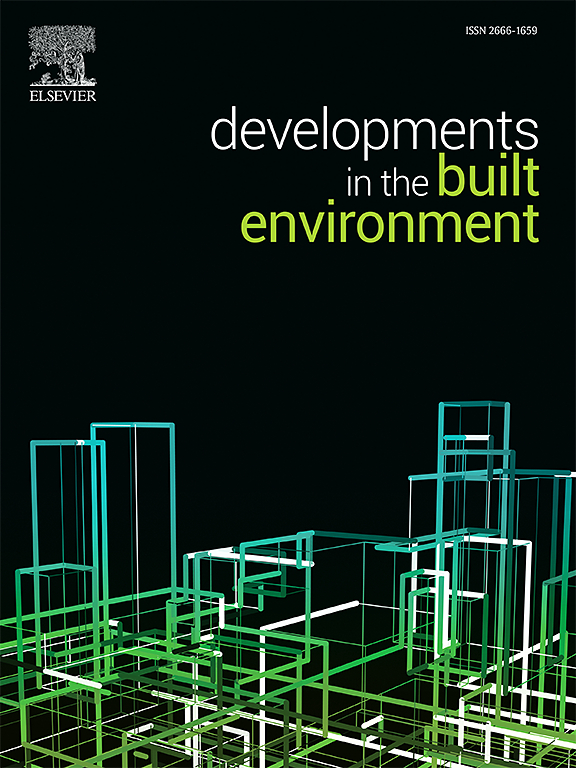Vibration monitoring of masonry bridges to assess damage under changing temperature
IF 6.2
2区 工程技术
Q1 CONSTRUCTION & BUILDING TECHNOLOGY
引用次数: 0
Abstract
Structural Health Monitoring (SHM) is of utmost importance for the preservation and safe operation of historical arch bridges. This paper presents the development of a SHM strategy aimed at the model-based damage assessment of masonry bridges using frequency data. Structural damage induces natural frequency changes that are strictly related to the damage location. Consequently, a numerical model capable of reproducing the intact dynamic characteristics should allow to simulate damage scenarios, including the observed one, with the anomaly localisation being performed through the similarity between the experimentally detected frequency changes and the numerically simulated ones. The proposed methodology is based on the availability of an appropriate knowledge of the investigated structure, allowing to define a Finite Element (FE) model that accurately reproduces the system dynamic characteristics. Hence, the SHM strategy involves: (a) the use of the calibrated model to simulate different damage scenarios, so that a Damage Location Reference Matrix (DLRM) is defined through the associated frequency shifts; (b) the damage detection through statistical pattern recognition of vibration data; (c) the damage localisation through the comparison between the identified frequency changes and those defined in the DLRM matrix. Pseudo-experimental monitoring data, referring to a historical masonry viaduct, were generated and used to exemplify the reliability and accuracy of the developed algorithms in detecting and localizing damage.
对砌体桥梁进行振动监测,以评估温度变化下的损坏情况
结构健康监测(SHM)对于历史性拱桥的保护和安全运营至关重要。本文介绍了一种 SHM 策略的开发情况,该策略旨在利用频率数据对圬工结构桥梁进行基于模型的损坏评估。结构损伤引起的固有频率变化与损伤位置密切相关。因此,能够再现完整动态特性的数值模型应能够模拟包括观测到的损坏情况,并通过实验检测到的频率变化与数值模拟的频率变化之间的相似性进行异常定位。所建议的方法基于对所调查结构的适当了解,从而可以定义一个能准确再现系统动态特性的有限元(FE)模型。因此,SHM 策略包括:(a) 使用校准模型模拟不同的损坏情况,从而通过相关的频率变化定义损坏位置参考矩阵(DLRM);(b) 通过振动数据的统计模式识别进行损坏检测;(c) 通过比较识别的频率变化和 DLRM 矩阵中定义的频率变化进行损坏定位。针对一座历史悠久的砌体高架桥,生成并使用了伪实验监测数据,以证明所开发算法在检测和定位损坏方面的可靠性和准确性。
本文章由计算机程序翻译,如有差异,请以英文原文为准。
求助全文
约1分钟内获得全文
求助全文
来源期刊

Developments in the Built Environment
Multiple-
CiteScore
7.40
自引率
1.20%
发文量
31
审稿时长
22 days
期刊介绍:
Developments in the Built Environment (DIBE) is a recently established peer-reviewed gold open access journal, ensuring that all accepted articles are permanently and freely accessible. Focused on civil engineering and the built environment, DIBE publishes original papers and short communications. Encompassing topics such as construction materials and building sustainability, the journal adopts a holistic approach with the aim of benefiting the community.
 求助内容:
求助内容: 应助结果提醒方式:
应助结果提醒方式:


